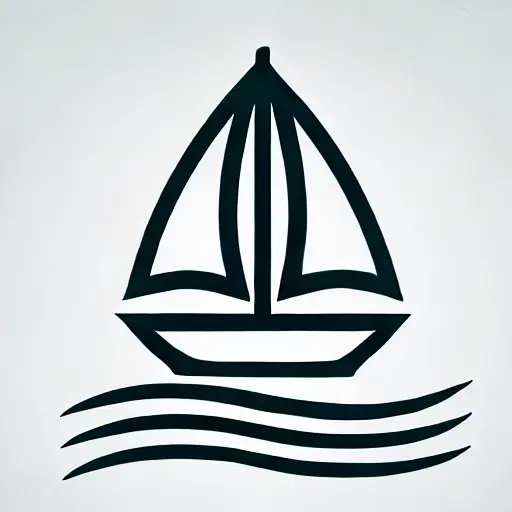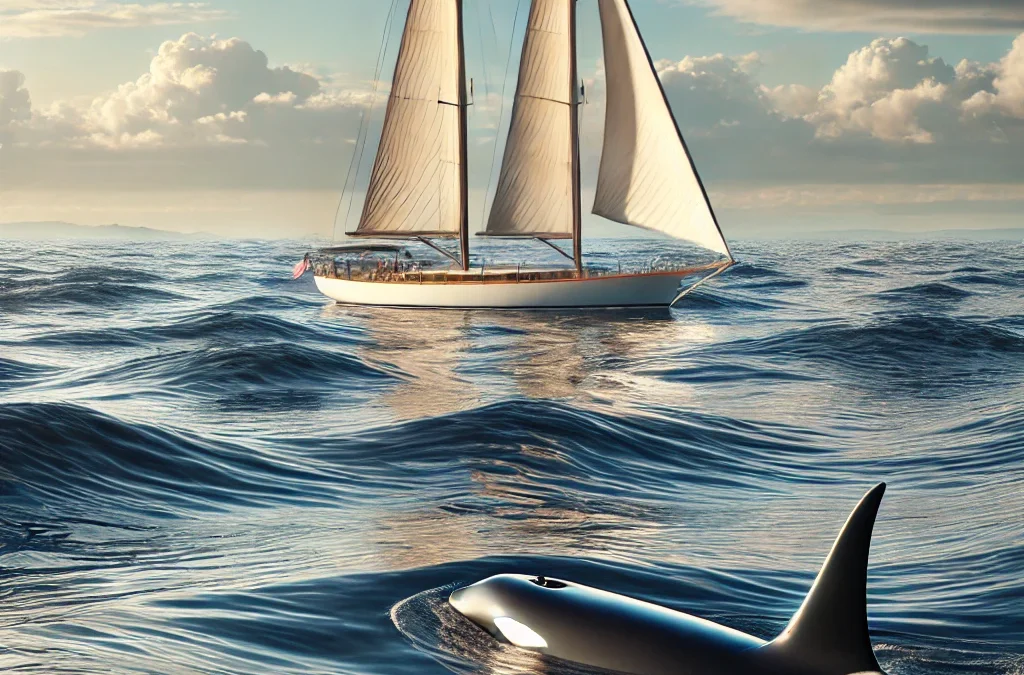Planning Our Sailing Journey: Exploring the Options from the Canary Islands
As we prepare for our upcoming Yachtmaster Ocean journey, we have three potential routes to consider for our departure from the Canary Islands. Each option offers its own unique set of challenges, and the weather conditions, possible risks, and sailing strategies will vary depending on the route we choose. One option is to head directly towards the mainland of Portugal, another could lead us to the Azores, and the third involves other potential Atlantic stops. Regardless of which course we take, there are several factors we need to carefully consider as we plan our passage.
Route Considerations: What We Need to Keep in Mind
Whether we decide on Portugal, the Azores, or another destination, we will be sailing through the North Atlantic, an area known for its challenging yet rewarding conditions. Here’s what we’ll need to think about for each route:
1. Wind and Weather Conditions: A Key Factor for All Routes
Trade Winds and Westerlies
Starting from the Canary Islands, we’ll encounter the consistent northeasterly trade winds that will help guide our boat across the Atlantic. This is true for all routes, whether we’re heading towards Portugal, the Azores, or another stop. These winds will provide a reliable boost as we set off, but as we sail further north, the winds will shift.
For the Portugal route, the trade winds will gradually transition into westerly winds as we approach the Iberian Peninsula. These winds can be unpredictable, especially as we move into more variable weather systems, including the influence of the Azores High and potential low-pressure systems coming from the North Atlantic. The closer we get to Portugal, the more likely we are to encounter shifting wind patterns.
On the Azores route, the westerlies will also play a role, but their timing and intensity can vary. The Azores can be an ideal destination if we want to experience relatively more stable wind conditions, as the area is often influenced by the Azores High. However, approaching the islands could mean dealing with the stronger forces of the high-pressure systems that dominate this region.
2. Ocean Swells and Currents: What Affects Us on All Routes
The North Atlantic Drift will affect all of our routes to varying degrees, but it’s particularly relevant as we head towards mainland Portugal. Once we leave the Canary Islands, the ocean swells will increase, especially as we move further north. Depending on the route we take, the currents can be strong, and we will need to be prepared for larger swells and potentially choppy waters.
If we choose the Azores route, we may experience more stable conditions due to the shelter provided by the islands, but once we leave the Azores and head to the mainland, the transition to the westerlies can bring more unpredictable currents. Similarly, heading to the mainland of Portugal means dealing with strong currents in the Bay of Biscay, where we may experience some of the most challenging conditions of our journey.
3. Storms and Weather Fronts: How Weather Affects All of Us
Storms are a concern no matter which route we choose, but they may be more prominent as we approach mainland Portugal. During the winter months, low-pressure systems from the North Atlantic can bring sudden storms, heavy rain, and gusty winds. While the Azores might offer a more sheltered environment from these systems, we should still be prepared for shifting weather patterns and the potential for sudden storms.
In the case of the Portugal route, the risk of encountering storm fronts from the North Atlantic is higher, especially in the winter months. The weather can change quickly, so we’ll need to stay on top of forecasts and be ready to adjust our sails or course as necessary. On any route, being flexible and ready to seek shelter when needed will be crucial.
4. Water Temperature and Sailing Comfort: Important for All Options
The further we sail north from the Canary Islands, the colder the water will become. This will be a factor no matter our destination. Water temperatures will drop as we head towards Portugal, and the seas will be much colder compared to the warm waters of the Canaries. We’ll need to ensure we have the proper gear to stay warm and comfortable, especially as the temperature continues to fall during the trip.
The Azores route might offer slightly warmer conditions for longer, but the water will still cool significantly as we move toward Portugal. On all routes, it’s essential to be prepared for the change in temperature, especially since it can affect both the weather and the overall sailing experience.
The Orca Iberica: A Consideration for Our Journey
Another factor that could affect our journey, particularly on the route to mainland Portugal, is the potential for encounters with the Orca Iberica, a group of killer whales that have been known to interact with boats off the Iberian Peninsula. These encounters are rare but have been reported more frequently in recent years. While orcas typically don’t pose a serious threat to sailors, we should be aware of their presence and take steps to avoid potential issues.
The Orca Iberica group has been observed to focus on rudders and steering gear, sometimes causing damage to boats. While the risk of such interactions remains low, we need to stay informed about orca activity and be prepared to take preventative measures. Websites like Orca Iberica track orca sightings, and we will regularly check these reports before and during our journey to avoid areas of high activity.
Adapting Our Strategy for Different Routes
1. Heading to Mainland Portugal:
If we opt for the route to mainland Portugal, we’ll be facing longer stretches of open water with changing wind and sea conditions. We’ll need to be prepared for stronger currents and possibly more frequent storms, especially as we approach the Bay of Biscay. The risk of encountering Orca Iberica is higher in this region, so we’ll be vigilant about avoiding orca activity by following real-time reports.
2. Heading to the Azores:
If we decide on the Azores as our first stop, we can expect more stable wind conditions in the initial stages of the journey. The Azores High plays a significant role in providing a calmer passage, although the weather can still be unpredictable. The advantage of this route is that the Azores offer shelter and a chance to rest before heading further north to Portugal. The risk of encountering Orcas is lower here, but we’ll still keep an eye on any reports of activity.
3. Exploring Other Atlantic Stops:
There are other potential stops along the way, depending on the conditions and timing. Islands like Madeira or Porto Santo could offer safe havens and places to rest. These alternative routes may provide shelter from storms and allow us to adjust our course if needed.
Conclusion: Preparing for Every Possibility
Choosing the right route for our journey from the Canary Islands will depend on various factors, including wind conditions, the likelihood of encountering storms, and the risk of Orca Iberica interactions. Whether we head towards mainland Portugal, the Azores, or another destination, we will need to stay flexible and well-informed, adjusting our plans based on weather reports and real-time updates.
By staying vigilant about potential weather systems, currents, and marine life interactions, we can ensure a safe and enjoyable journey, no matter which route we take. For up-to-date information on Orca activity, we’ll monitor sites like Orca Iberica, and be ready to adapt our strategy to suit the conditions we encounter.

